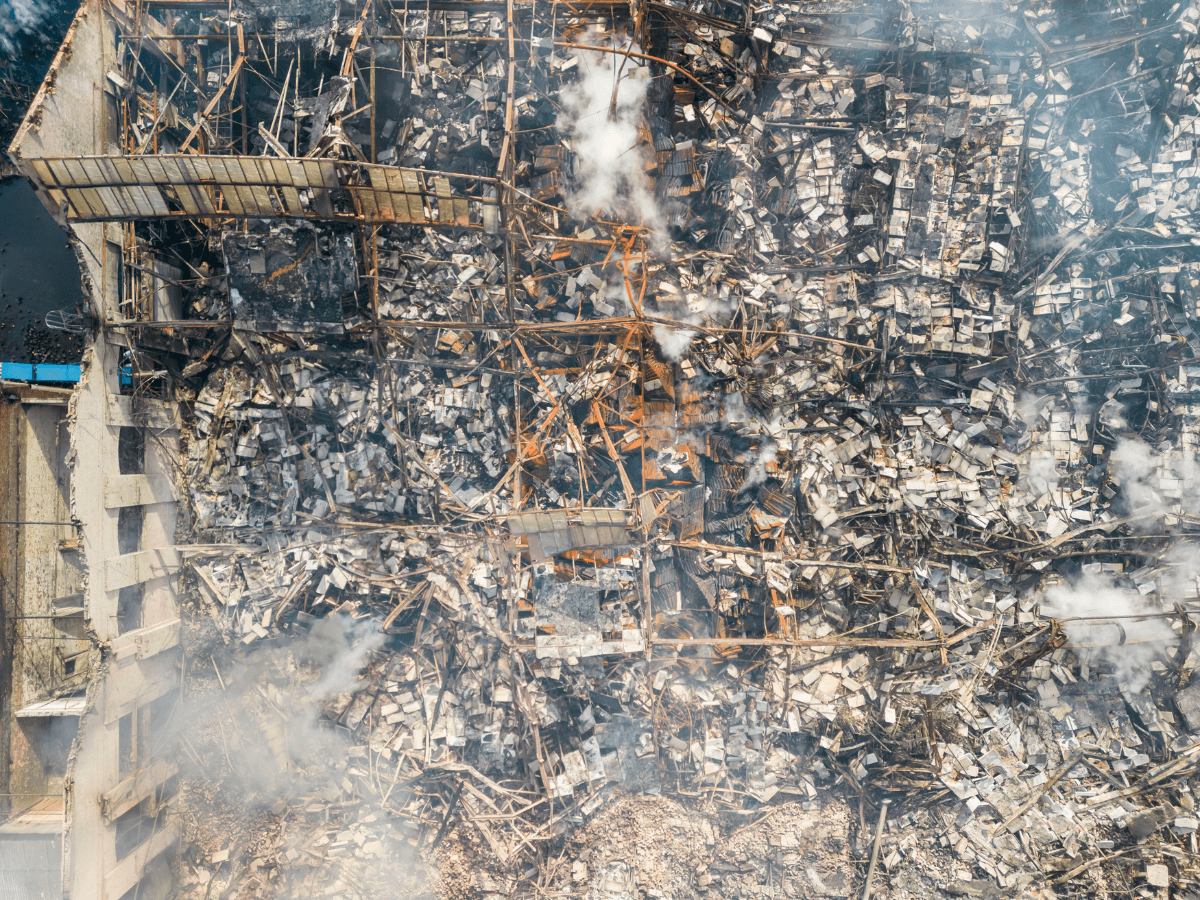
Real-time situational awareness software
The impact of disasters heavily depends on the location, the proximity of people and infrastructure, and the capacity to monitor risks, locate at-risk communities, and respond effectively. Intersec’s approach begins by integrating diverse datasets from open and closed sources, density maps, and telecom data.
Our situational awareness instruments serve both authorities and private organizations by providing crisis managers with a real-time digital twin of the in-situ field situation. This enables effective guidance for field operations and rapid decision-making, supporting the UN’s Early Warnings for All initiative and enhancing incident detection for private enterprises.
Data privacy first
Data confidentiality is a non-negotiable factor, whether addressing collaborators or citizens. That's why data privacy regulations, including GDPR, are integral to our approach as a European company. Privacy by design has been at the heart of our approach since day one.
Citizens' safety
Our disaster risk knowledge application aligns with the United Nations' Early Warnings for All (EW4All) initiative, aiming to protect everyone by 2027. It contributes to this goal through real-time monitoring, analysis, and detection of hazards.
Workplace security
By continuously analyzing diverse data streams, our solutions identify potential threats and detect abnormal situations, whether they involve risks to employees, unusual IT network activity patterns or security vulnerabilities in networks.
A reliable 360° view of the situation
Real-time population heatmaps
moreThrough advanced algorithms, Intersec instantly computes and displays real-time population heatmaps to significantly enhance dynamic situational awareness, and triggers automated actions in line with each scenario ensuring swift and effective responses.
As the situation evolves, get tactical crisis management insights by visualizing live population heatmaps of the targeted area. End-users benefit from a rich cartographic vision of the terrain and the situation. With its embedded GIS capabilities, the solution smoothly integrates with external geodata sources and providers via typical standards from OGC (Open Geospatial Consortium) and IETF (Internet Engineering Task Force).
Field information, such as the alert location and the number of people receiving the message, is indicated in real-time, and, as the crisis evolves, changes in population density are displayed as colored-coded mapped zones.
Live data layering
moreBy relying on advanced location-based technologies, fast data capabilities, and AI algorithms, our platform consolidates key metrics enabling real-time insights into on-ground activities for local authorities, mission-critical sites, and critical infrastructures.
Intersec goes deeper into the data provided to you. On the map, one can add layers of constantly updated information flows to enrich the existing data of Points of Interest (POI): ambassies, police & fire stations.
This unified view and flexibility helps mitigate damage and downtime by restoring normal operations as quickly as possible.
Alert monitoring functions
moreMonitor threats around your stakeholders and facilities.
Make more adaptive and dynamic decisions throughout the management of critical events, and quickly protect or restore operations and infrastructures, mitigate brand and financial impacts, and most of all, help ensure employee safety.
Authorized collaborators can create alerts, define alert zones and select the preferred communication channels in a few clicks. The map page offers direct access to a toolbar for creating zones and manipulating sectors.



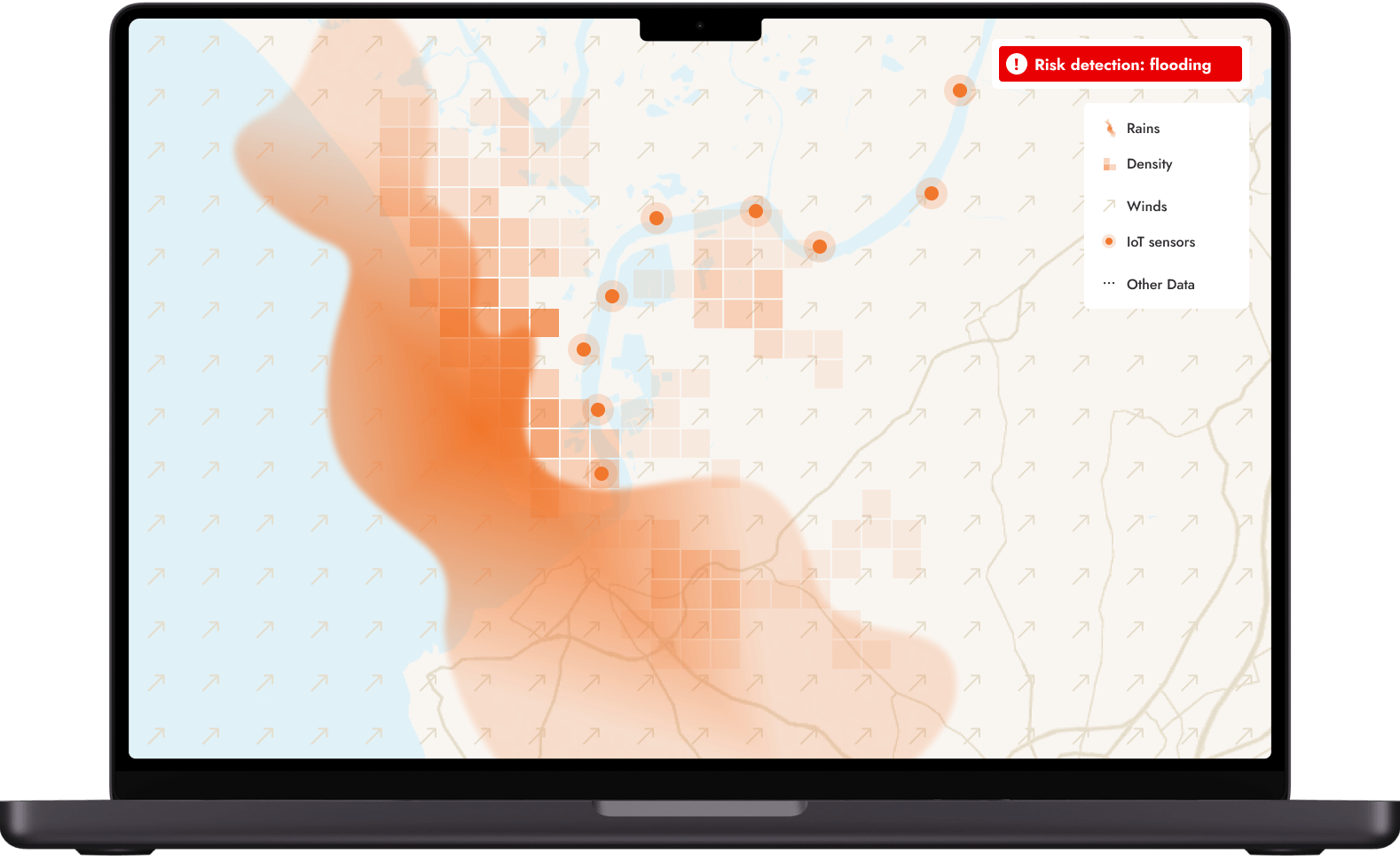
GeoSafe RK
Get it all on a single screen
Our map-centric Risk Knowledge (RK) solution provides comprehensive situational awareness by monitoring global exposure to hazards and incidents. This intuitive platform consolidates diverse data sources into a single user-friendly interface. Leveraging a pre-built, extensive data catalog, it seamlessly displays any data relevant to the user, from CAP-enabled alerts to specialized maps or IoT sensors. Based on their needs and contexts, crisis managers can promptly trigger automated alerts as soon as an incident is detected.
Key capabilities
Diverse datasets
User-Friendly Interface
Seamless integration
Diverse datasets
User-Friendly Interface
Seamless integration
Featured content
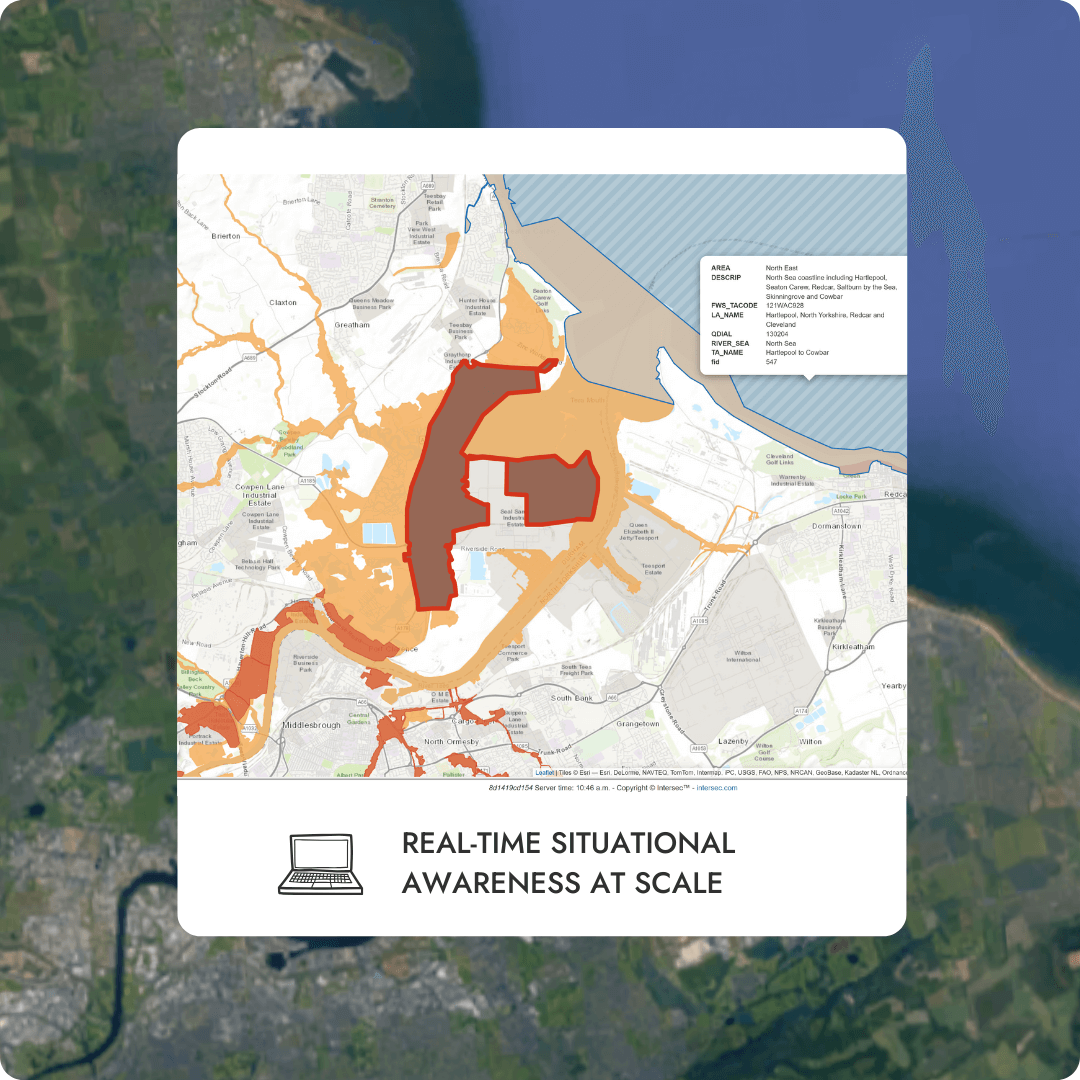
E-book - Situational awareness for emergency alerts
Related use cases
Situational awareness

Our situational awareness instruments serve both authorities and private organizations by providing crisis managers with a real-time digital twin of the in-situ field situation.
Mass notification

Intersec provides a comprehensive, multi-channel application specifically designed for emergency mass notifications to enhance the reach and effectiveness of alerts for individuals at risk.
Incident response
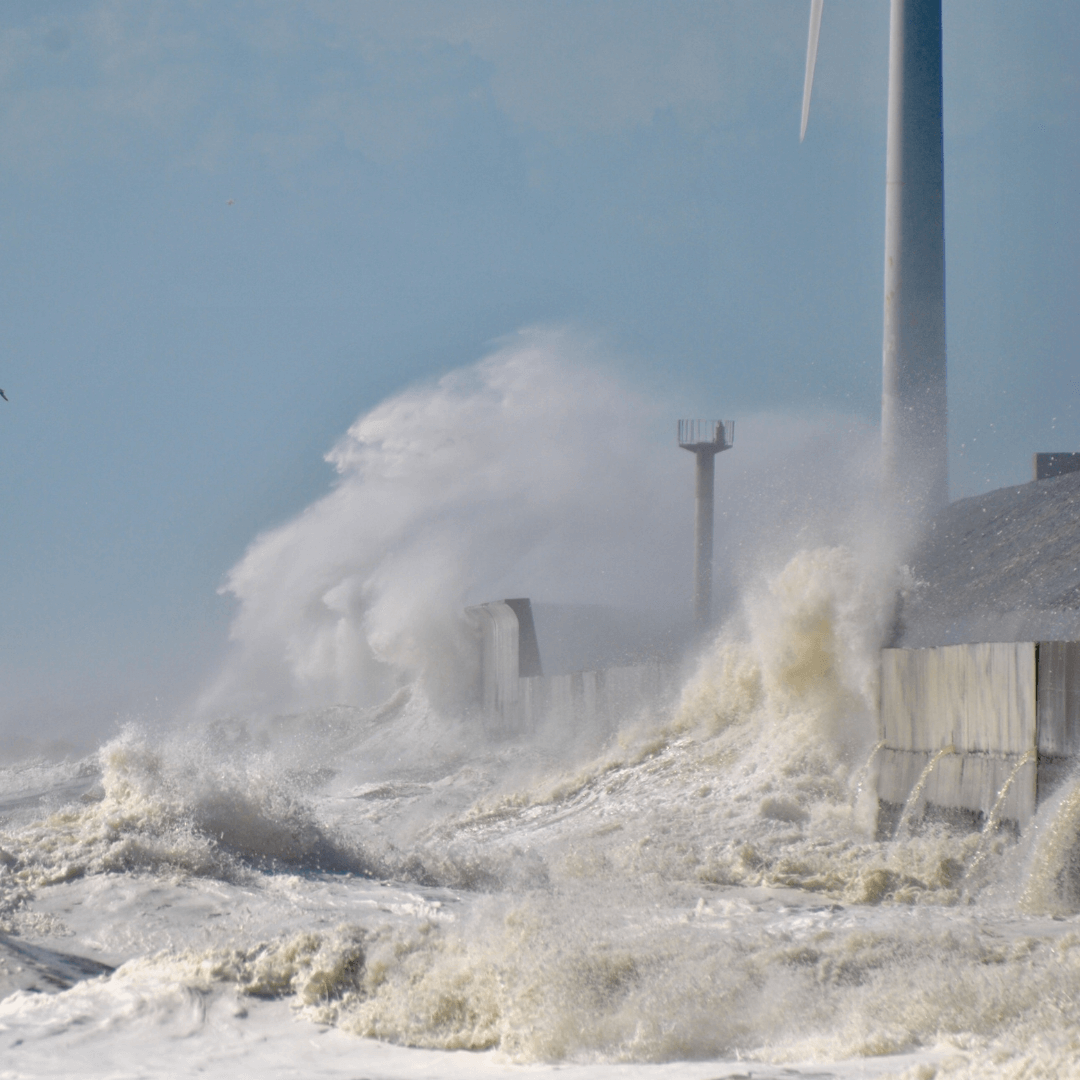
In case of an incident, closely monitor ongoing situations and coordinate your communications with field agents and at-risk communities.
Emergency call location
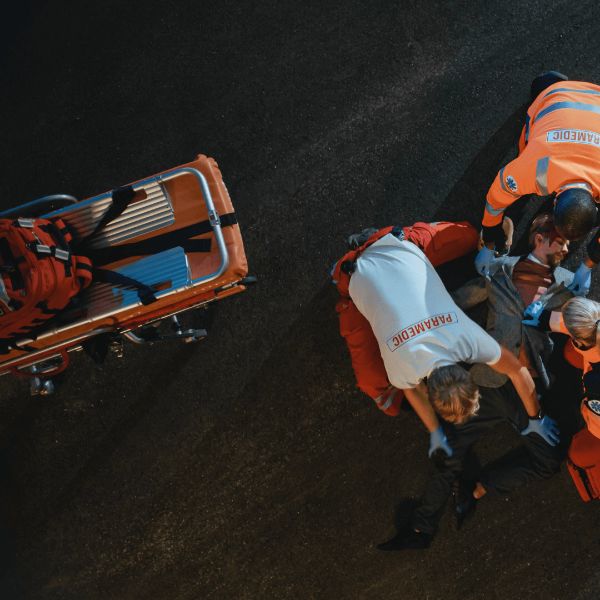
Our emergency call location solution combines multidimensional cellular device locating capabilities to provide PSAPs with critical, certified, up-to-date location information, for all callers..
Get started with Intersec

We help telcos and public authorities embrace the digital revolution as we believe data transform the way our customers work.
Let us answer your questions and explain how we can help.
Subscribe to our newsletter
Some of our prestigious clients


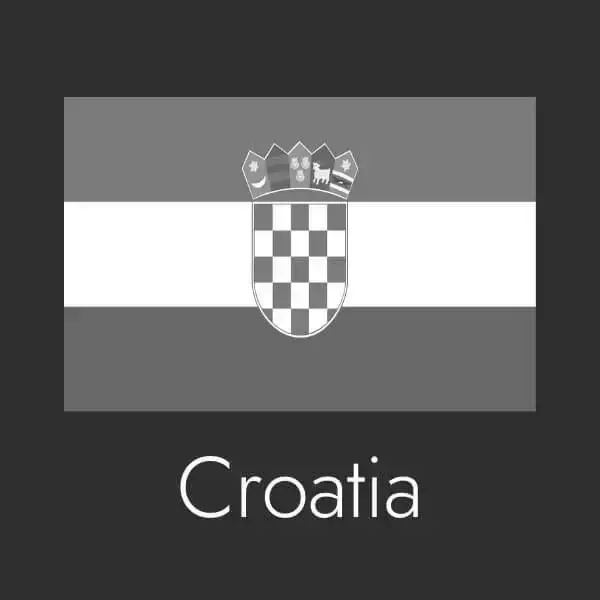

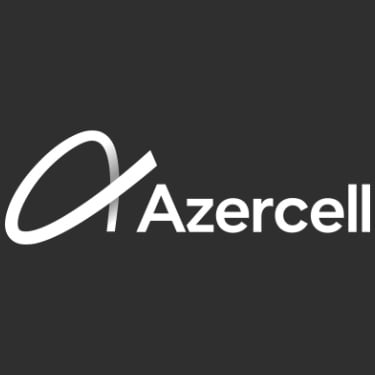


.webp)


.webp)



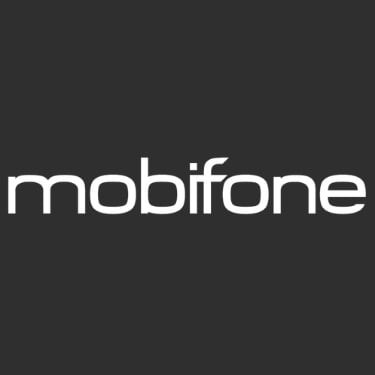







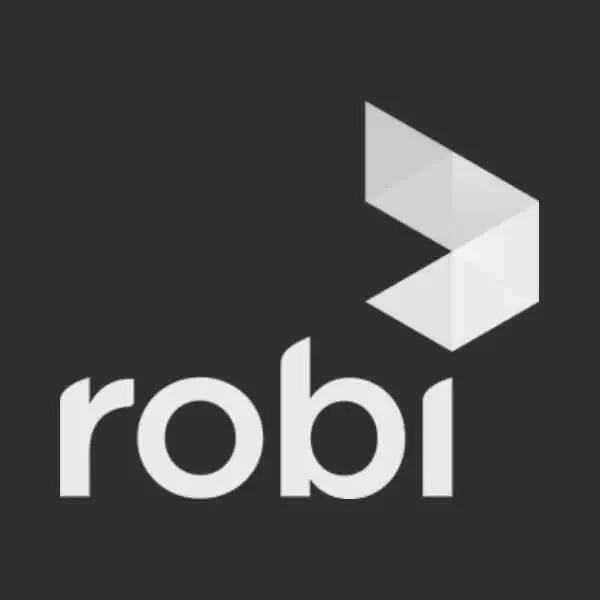


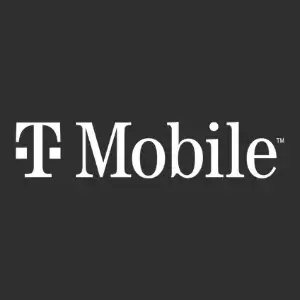







.png)